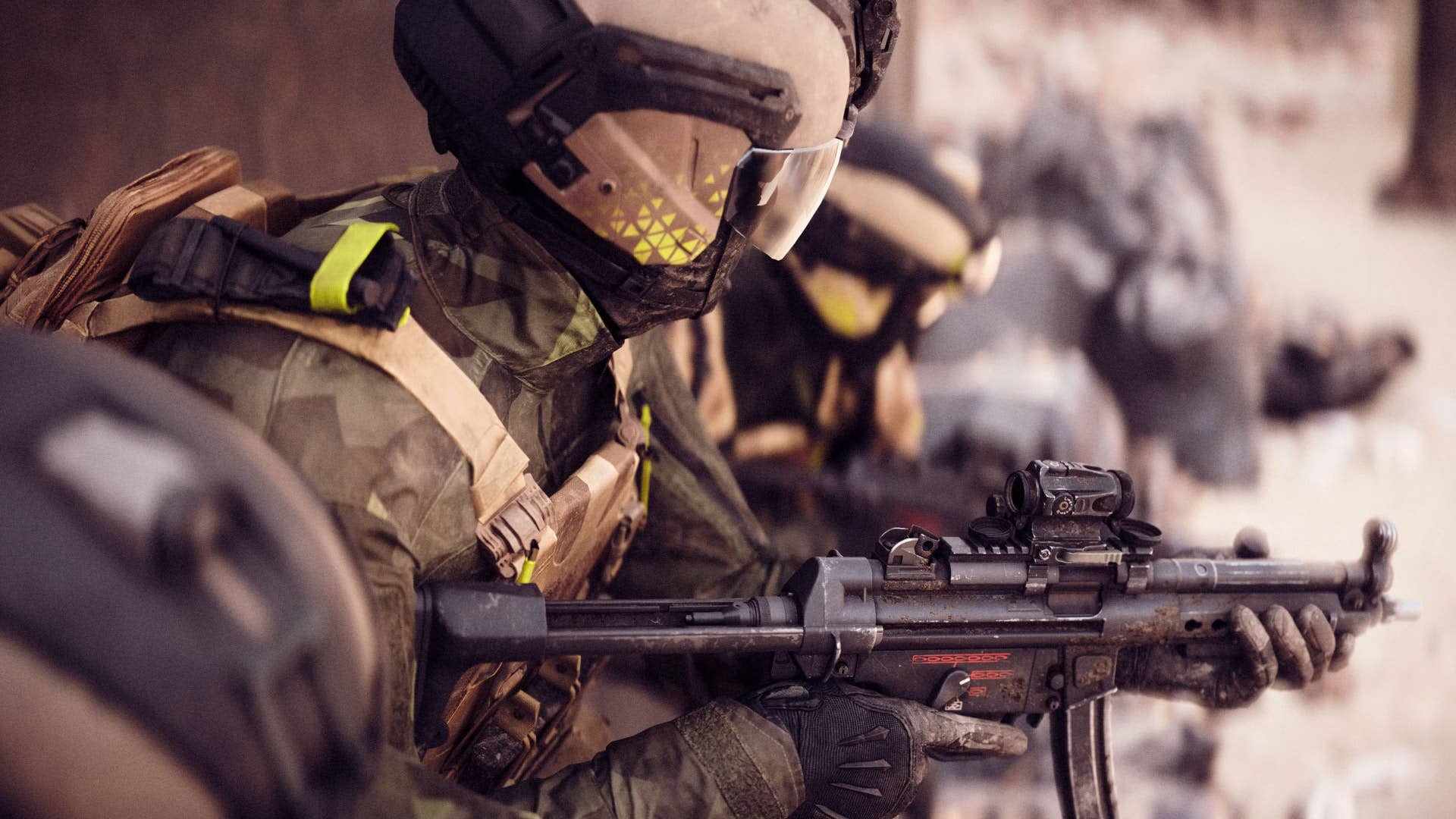This is Why it Takes Too Damn Long to Revive a Downed Elden Ring Nightreign Player
In the ever-evolving landscape of multiplayer gaming, Elden Ring Nightreign stands out as a fascinating experiment by FromSoftware. Known for their intensely challenging single-player experiences, the studio has ventured into uncharted territory with this multiplayer-only title. By merging elements from roguelikes and battle royale games, Nightreign introduces innovative mechanics that both intrigue and frustrate players. One such element is the revive system, which has become a hot topic among gamers.
Understanding the Revive System
The revive system in Elden Ring Nightreign is designed to encourage strategic teamwork and decision-making. However, many players have found the process to be agonizingly slow, leading to heated discussions across gaming forums. The system’s complexity lies in its three-segment structure, each requiring careful execution to successfully revive a downed ally.
Each segment of the revive process is governed by a timer that demands precise timing and coordination. The first segment involves stabilizing the player’s health, followed by a second phase that requires the team to protect the downed player from incoming threats. Finally, the third segment involves a staggered recovery where the player’s abilities and stats gradually return to full strength. This intricate procedure can take precious seconds, making it a risky endeavor in the heat of battle.
The Challenges of Implementation

According to the article from VG247, FromSoftware faced significant challenges in balancing the revive system to ensure it remained fair yet challenging. The developers aimed to create a mechanic that required genuine skill and teamwork, rather than a mere button-mash to bring a player back to life.
This decision to add layers to the revive process reflects FromSoftware’s commitment to crafting an engaging multiplayer experience. By introducing a staggered recovery mechanism, the game forces players to weigh the risk versus reward of attempting a revival. This adds a level of depth that is often missing in other multiplayer titles where revives are instantaneous.
Community Reactions
The gaming community’s response to the revive system has been mixed. Some players appreciate the challenge and strategic depth it introduces, arguing that it separates skilled teams from the rest. Others, however, express frustration at the lengthy process, especially during high-stakes matches where every second counts.
Online discussions have proposed various tweaks to the system, such as reducing the overall time required for revival or allowing certain character classes to expedite the process. These suggestions highlight the community’s desire for a more balanced approach that retains the system’s unique aspects while improving its practicality in gameplay.
Comparisons to Other Games
When comparing Elden Ring Nightreign’s revive system to similar mechanics in other games, it becomes evident how innovative FromSoftware’s approach is. In games like Apex Legends or Fortnite, revives are often quick and straightforward, allowing teams to get back into the action with minimal delay. Nightreign, however, demands a more calculated approach, reminiscent of the methodical gameplay seen in the Dark Souls series.
This deliberate pacing aligns with FromSoftware’s signature style, which values patience and precision over brute force. By implementing a complex revive system, the developers have stayed true to their roots while offering a fresh take on multiplayer dynamics.
Looking Ahead
As Elden Ring Nightreign continues to evolve, it will be interesting to see how the revive system adapts to player feedback. FromSoftware has a track record of listening to its community and making thoughtful adjustments to enhance gameplay. Whether through patches or future updates, there’s potential for the revive system to become even more refined, striking a balance that satisfies both hardcore fans and newcomers.
In conclusion, the lengthy revive process in Elden Ring Nightreign is a testament to FromSoftware’s dedication to creating a multiplayer experience that challenges and engages players on multiple levels. As the game matures, the community’s input will undoubtedly shape its evolution, potentially leading to a system that enhances the overall experience without compromising its core design principles.
What are your thoughts on the revive system in Elden Ring Nightreign? Do you find it to be a refreshing challenge or an unnecessary hurdle? Share your thoughts in the comments below.
Elden Ring Nightreign, FromSoftware, multiplayer gaming, revive system, gaming strategy, community feedback, game mechanics, roguelike elements, battle royale, game development
Image source: Original Article





